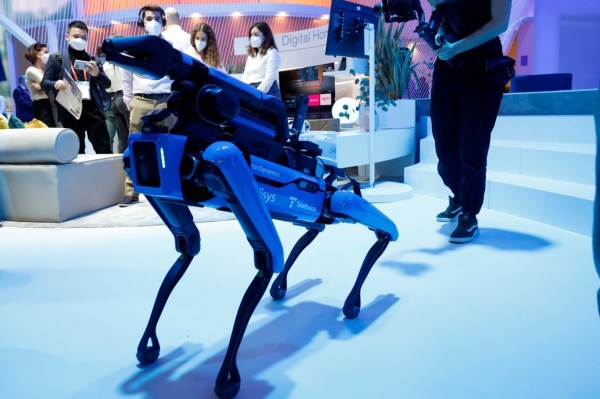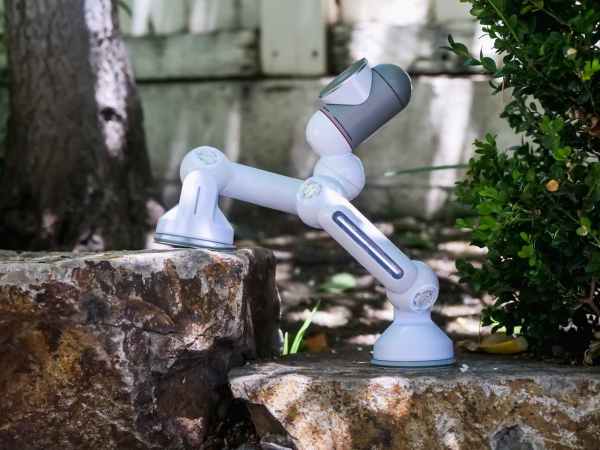We tend to think of robots for industrial applications or with human forms and relate them to Asimov’s Laws. But not all of them are like that: they also exist on a minuscule scale.
Size of nanorobots
Nanorobots (also known as nanobots) are small devices; specifically, between 0.1 and 10 micrometres.
But what is a micrometre? A micrometre, also known as a micron or micron, is a unit of length equal to one thousandth of a millimetre.
A measurement that is not unfamiliar to us, since when we talked about the types of fibre optics we mentioned that a fibre optic post can range from 8.3 to 10 microns. To give you an idea: human hair ranges from 60 to 110 microns.
With this comparison, we can already get an idea of the tiny dimensions of nanorobots.
Nanorobotics is a branch of nanotechnology, two interrelated fields that share the trait of operating on a nanometric scale.
Origin of nanotechnology
Since nanorobotics is part of nanotechnology, let’s learn a little more about this field of science aimed at the control and manipulation of matter at a scale even smaller than a micrometre, as mentioned above.
The origin of nanotechnology is to be found in a talk by the American physicist Richard Feynman in December 1959, entitled ‘There’s Plenty of Room at the Bottom: An Invitation to Enter a New Field of Physics’.
In that speech, the later 1965 Nobel laureate in physicsv imagined how machines would be miniaturised with huge amounts of information that could be encoded in tiny spaces.
However, the term nanotechnology was coined by Japanese professor Norio Taniguchi in 1974 in a lecture entitled ‘On the Basic Concept of Nanotechnology’.
The impetus for the concept of nanotechnology came in the 1980s. At the beginning of the decade when the American engineer K. Eric Drexler was documenting the concept of nanotechnology. Eric Drexler was researching for his paper Molecular engineering: An approach to the development of general capabilities for molecular manipulation, he discovered Feynman’s ‘59 talk.
Somewhat later, in ‘86, came the book Engines of Creation: The Coming Era of Nanotechnology, in which he proposed the idea of a nanoscale “assembler” capable of building a copy of itself and other elements of arbitrary complexity at an atomic level of control.
Characteristics and applications of nanorobots
Turning to nanorobots specifically, the devices that operate this technology have a number of particularities.
In addition to their tiny size, nanorobots are characterised by fast processing (with a main processor that can perform more than 100 operations per second), precise manipulation (with submicroscopic arms to manipulate), responsiveness to stimuli (such as ultraviolet light, chemical signals or temperature) and nanomotors to move and operate in complex environments.
They are also characterised by high precision, flexibility and adaptability, and remote control capability.
Nano-robotics applications
The applications of nano-robotics cover different fields, with a special incidence in medicine, where they can help in different ways.
On the one hand, there are nanorobots capable of identifying diseased cells and applying the corresponding drugs directly to them, thus minimising possible side effects on healthy tissues.
Nano-robotics is also useful for diagnosing diseases at an early stage or monitoring other conditions without the need for invasive methods.
Outside the health sector, for example, nanorobots can help reduce pollution: through micro-sponges – made of carbon nanotubes – they can absorb pollutants such as fertilisers or pesticides or possible toxic spills or heavy metals in marine environments, helping them to decompose.









